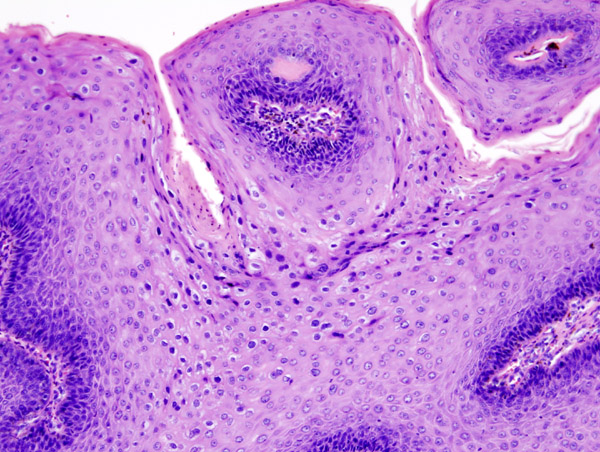
Anal warts (condyloma acuminata) are caused by human papillomavirus (HPV), a sexually transmitted infection. The warts thrive inside and around the anus, and can also be found inside of the genitals.1
Transmission and Symptoms
A person can contract HPV through oral, penile-vaginal (coital), and anal sex with an infected partner. HPV is highly contagious, and transmission is on the rise. HPV can cause genital warts, cervical cancer, and anal warts.2

Anal warts first appear as tiny blemishes, sometimes as small as the head of a pin, and may grow larger than the size of a pea. Symptoms may include itching, bleeding, and/or mucous discharge, although, most people are asymptomatic and may not be aware that they have anal warts until their condition worsens.1 This makes genital warts more contagious than other STIs that may have more obvious and visible symptoms.
Treatment
Anal warts should be removed as soon as possible—if left alone, they may multiply rapidly and cover the entire anal area. The warts then have the potential to become cancerous and may lead to anal cancer. Small warts located on the surface of the anus may be treated with topical medications, which are applied directly to the surface of the warts.1 This method usually requires several applications of medications, performed at various intervals over several weeks.

Warts that are located on the inside of the anal canal require more aggressive medical attention. A physician may freeze off larger warts with liquid nitrogen (cryotherapy). Some cases might require electrocautery or laser treatment.2 These procedures provide immediate results but may require the use of local or general anesthesia. Nearly all patients can go home the same day of the procedure.
Recovery
The recovery time and the potential pain or discomfort resulting from anal wart removal depends on each individual situation and the amount of warts that are removed. Most people are moderately uncomfortable for a few days after treatment, and may receive prescription pain medication, while others may experience only slight discomfort. Depending on the extent of the case, some people are back on their feet the next day, while others may need to refrain from physical activity and laborious tasks for up to several weeks.1
Typically, more than one or two treatments is necessary to completely eradicate anal warts. Even with electrocautery and surgical treatments that immediately destroy existing warts, many patients develop new warts after treatment. This occurs because the virus that causes the warts can live under the surface of the skin, allowing the skin to appear normal for up to six months or longer before another wart develops. In this way, the virus “hibernates” and pops up later during another outbreak.
Subsequent warts can typically be treated in the physician’s office, using either a chemical solution or the electrocautery procedure. These treatments may be performed every few weeks initially, then less frequently as new warts become smaller and less numerous. Follow-up appointments are recommended (and oftentimes necessary) to to ensure that the warts are kept under control.
References
1. Lowney, Jennifer A., MD. “Anal Warts.” ASCRS. American Society of Colon & Rectal Surgeons, 2012. Web. 28 Apr. 2014.
2. Greenberg, J. S., Bruess, C. E., & Oswalt, S. B. Exploring the Dimensions of Human Sexuality. Jones & Bartlett Learning. 2014. Print.
Last Updated 09 May 2014.
